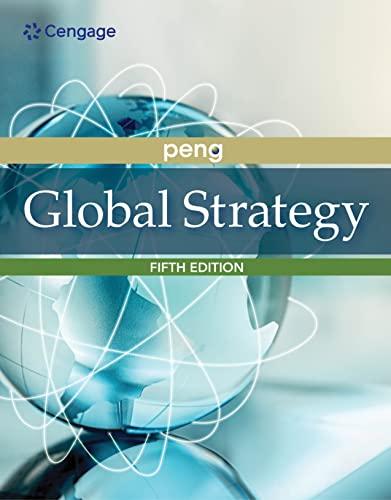Question
With these indicators between Russia and Cambodia give a brief overview of the findings that has revealed about the economic conditions of the two countries.
With these indicators between Russia and Cambodia give a brief overview of the findings that has revealed about the economic conditions of the two countries. Compare gross domestic product (GDP), GDP per capita, exports, imports, and the balance of payments to explain the two countries' economic differences. Describe the differences in population, population per square kilometer, male vs. female population, and urban vs. rural population, and explain how these differences may contribute to the economic disparities between your two chosen countries. Analyze how each country's life expectancy at birth, fertility rates, nourishment levels, education attainment, employment levels, and access to technology contribute to these countries' differences. Analyze how cultural differences, political structure, and social influences contribute to the economic disparities betweenRussia and Cambodia. Discuss the value of recognizing and accommodating multiculturalism and diversity in a globalized economic environment and their roles in promoting long-run economic growth. Provide a conclusion.
- GDP (constant 2015 US$)
- GDP per capita (constant 2015 US$)
- Exports of goods and services (constant 2015 US$)
- Imports of goods and services (constant 2015 US$)
- External balance on goods and services (constant 2015 US$)
- External balance on goods and services (% of GDP)
- Population, total
- Population, female (% of total population)
- Population, male (% of total population)
- Rural population (% of total population)
- Urban population (% of total population)
- Life expectancy at birth, female (years)
- Life expectancy at birth, male (years)
- Adolescent fertility rate (births per 1,000 women ages 15-19)
- Prevalence of undernourishment (% of population)
- Educational attainment, at least completed lower secondary, population 25+, female (%) (cumulative)
- Educational attainment, at least completed lower secondary, population 25+, male (%) (cumulative)
- Educational attainment, at least completed upper secondary, population 25+, female (%) (cumulative)
- Educational attainment, at least completed upper secondary, population 25+, male (%) (cumulative)
- Educational attainment, at least Bachelor's or equivalent, population 25+, female (%) (cumulative)
- Educational attainment, at least Bachelor's or equivalent, population 25+, male (%) (cumulative)
- Employment to population ratio, 15+, total (%) (modeled ILO estimate)
- Employment to population ratio, 15+, male (%) (modeled ILO estimate)
- Employment to population ratio, 15+, female (%) (modeled ILO estimate)
- Individuals using the Internet (% of population)
Step by Step Solution
There are 3 Steps involved in it
Step: 1

Get Instant Access with AI-Powered Solutions
See step-by-step solutions with expert insights and AI powered tools for academic success
Step: 2

Step: 3

Ace Your Homework with AI
Get the answers you need in no time with our AI-driven, step-by-step assistance
Get Started


